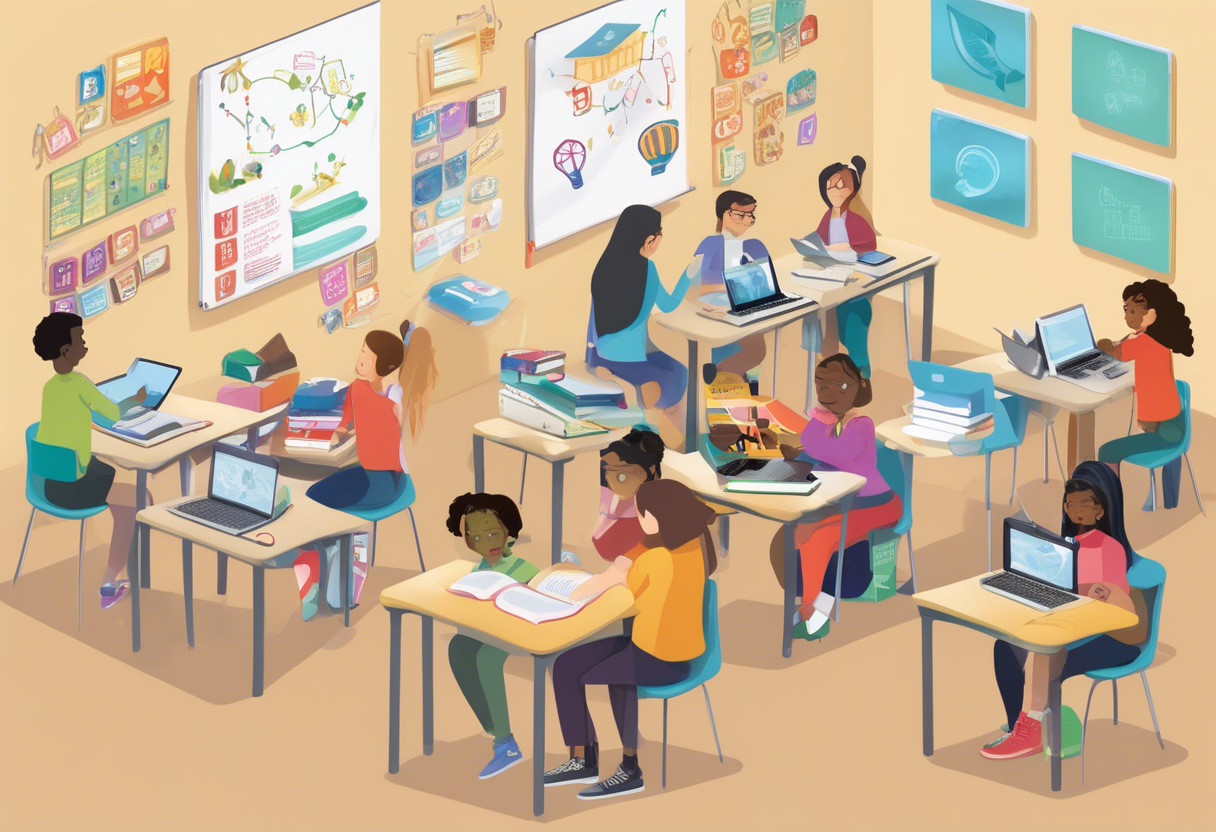
Have you noticed how some students just click with certain learning environments, while others find it tough to keep up? It’s not all about being smart or working hard; a lot depends on how the material is delivered. That’s where personalized learning paths come in. This approach customizes education to fit each student’s unique needs. A recent study shows that students in personalized learning can outperform their peers by up to 30%. It’s not just about grades; it’s about sparking a love for learning, boosting confidence, and getting ready for real-world challenges. In this article, we’ll explore what personalized learning paths are all about, their key benefits, and how technology plays a big role. We’ll also check out how this method is used beyond the usual K-12 classrooms and hear from students and parents who’ve tried it. So, let’s get into how personalized learning paths are changing education!
Summary: This article describes the concept, benefits, technological role, implementation, and perspectives of personalized learning paths, extending beyond K-12 education. It also includes a FAQ section addressing common queries about personalized learning.
What Are Personalized Learning Paths?
Key Features of Personalized Learning
Personalized learning is all about creating unique educational paths for each student. Instead of sticking to a fixed curriculum, these paths change based on how a student is doing, what they like, and what they aim to achieve. This means students get lessons and exercises that fit their skills.
- Quick learners can move ahead.
- Those who need more time get extra help.
Unlike the old way of teaching, personalized learning adjusts the speed and content to fit how different students learn, whether they prefer seeing, hearing, or doing. With technology and AI, these learning experiences get even better, using data to fine-tune learning paths and help students remember and develop skills.
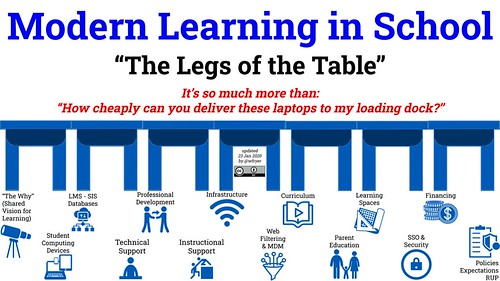
This method combines:
- In-person teaching
- Tech-based learning
- Collaborative work
By tapping into each student's interests, it fosters a deeper understanding. Learner profiles track skills, challenges, progress, and interests to help shape these personalized paths, ensuring education fits each student just right.
Comparing Personalized Learning with Other Methods
Personalized learning is a broad idea that includes individualized learning and differentiated instruction. It adjusts not just the speed and content but also how and what students learn.
- Individualized learning mainly focuses on pacing.
- Differentiated instruction tweaks content and methods to match learning preferences.
Personalized learning blends these approaches into a student-focused system. Unlike the one-size-fits-all model, personalized learning paths use AI and analytics to create flexible, skill- and goal-oriented learning activities.
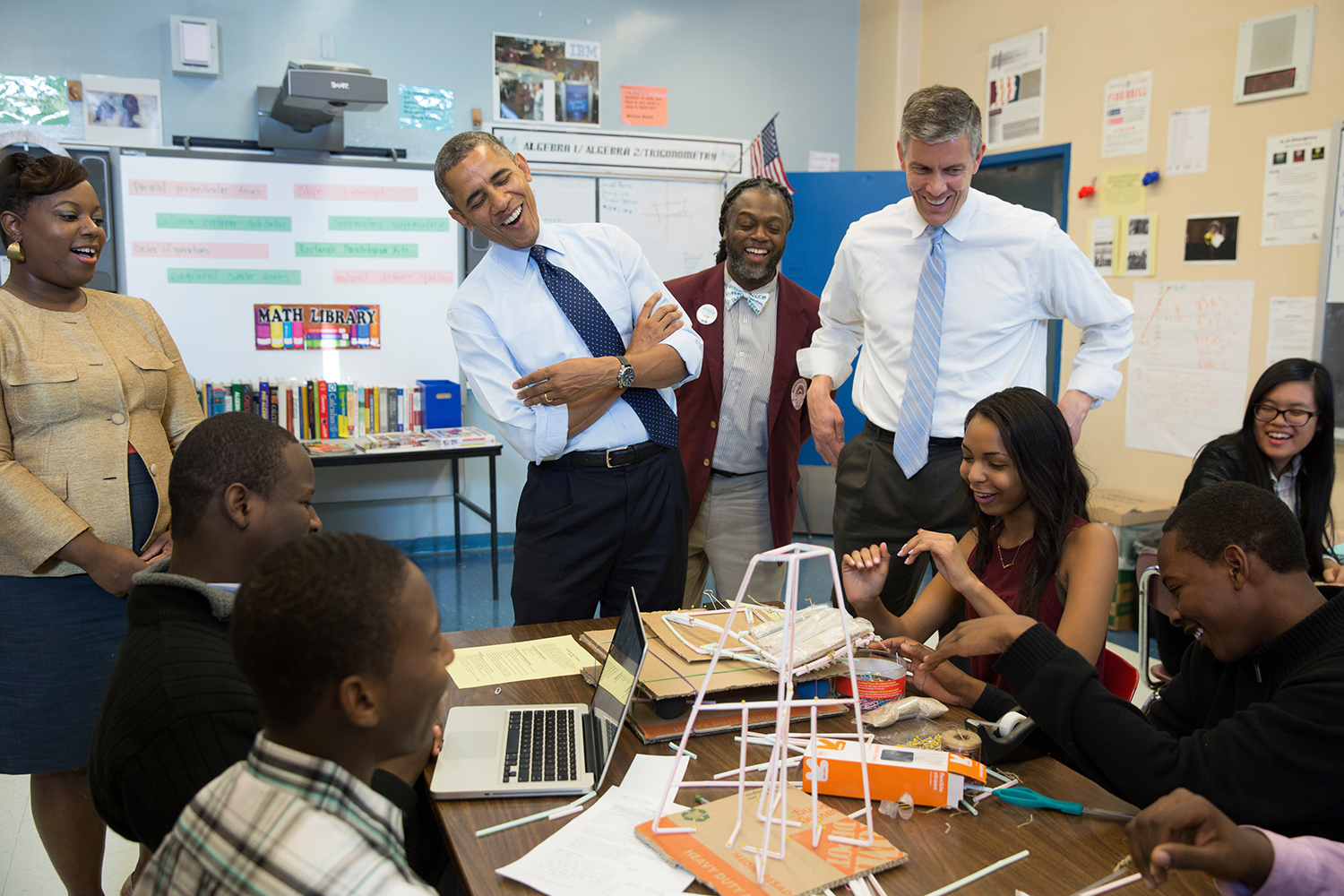
In the workplace, personalized learning tailors training to each employee's skills, gaps, learning styles, and career goals, making it more relevant and engaging than standard training.
Key Benefits of Personalized Learning Paths
Boosting Student Engagement with Personalized Learning
When learning feels personal, students get more involved. Personalized learning paths achieve this by aligning lessons with each student's interests, speed, and style. This approach makes the material feel more relevant and manageable, allowing students to explore topics at their own pace and delve into what truly captures their interest.
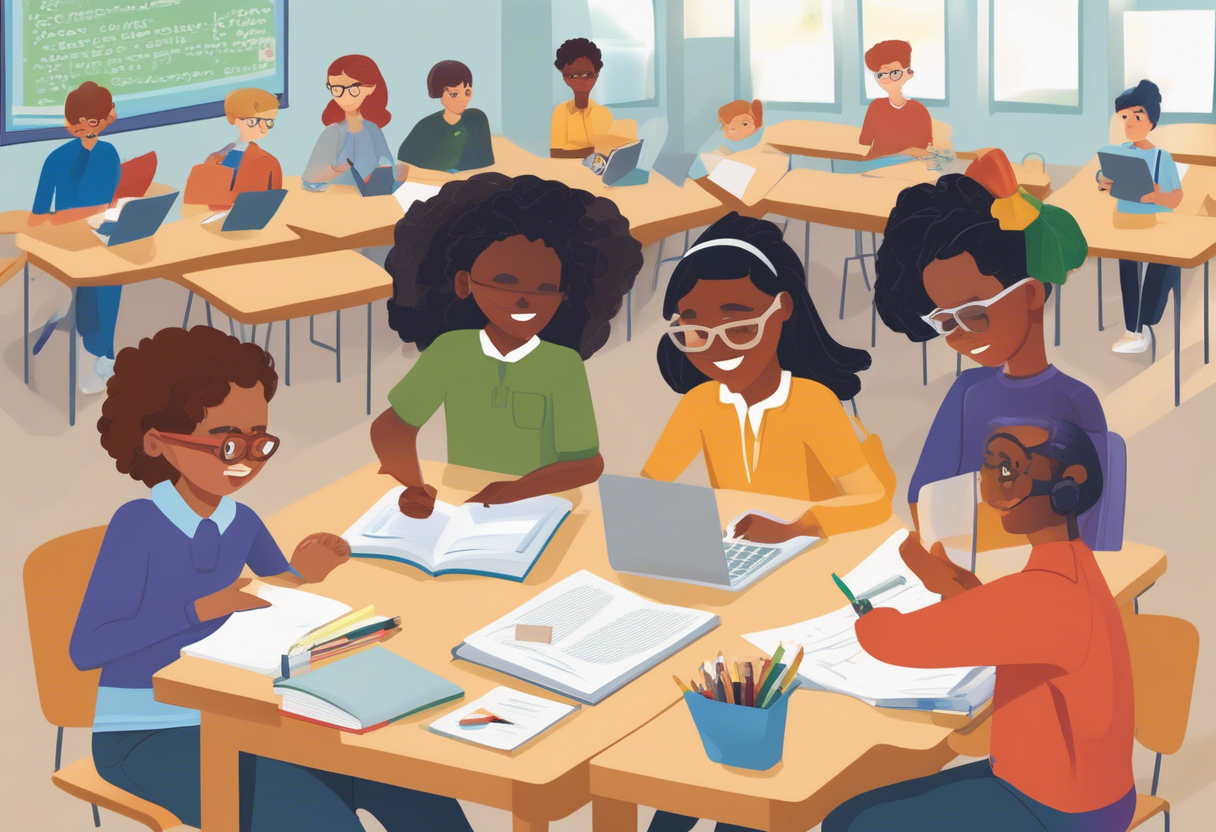
For example, with personalized learning paths, students see a direct connection between their learning and their goals, significantly boosting motivation. The CTE Academy experienced a 30% increase in engagement by allowing students to choose how and when they learn. This flexibility, combined with smart learning technology, creates an interactive and exciting learning environment that keeps students eager and engaged.
Academic Empowerment through Personalized Learning
Learning at one's own pace can be transformative. Personalized learning enables students to master foundational concepts before progressing, which can significantly enhance academic performance. Consider Khan Academy, where their adaptive platform improved math scores by 50% by tailoring lessons to each student's pace and style.
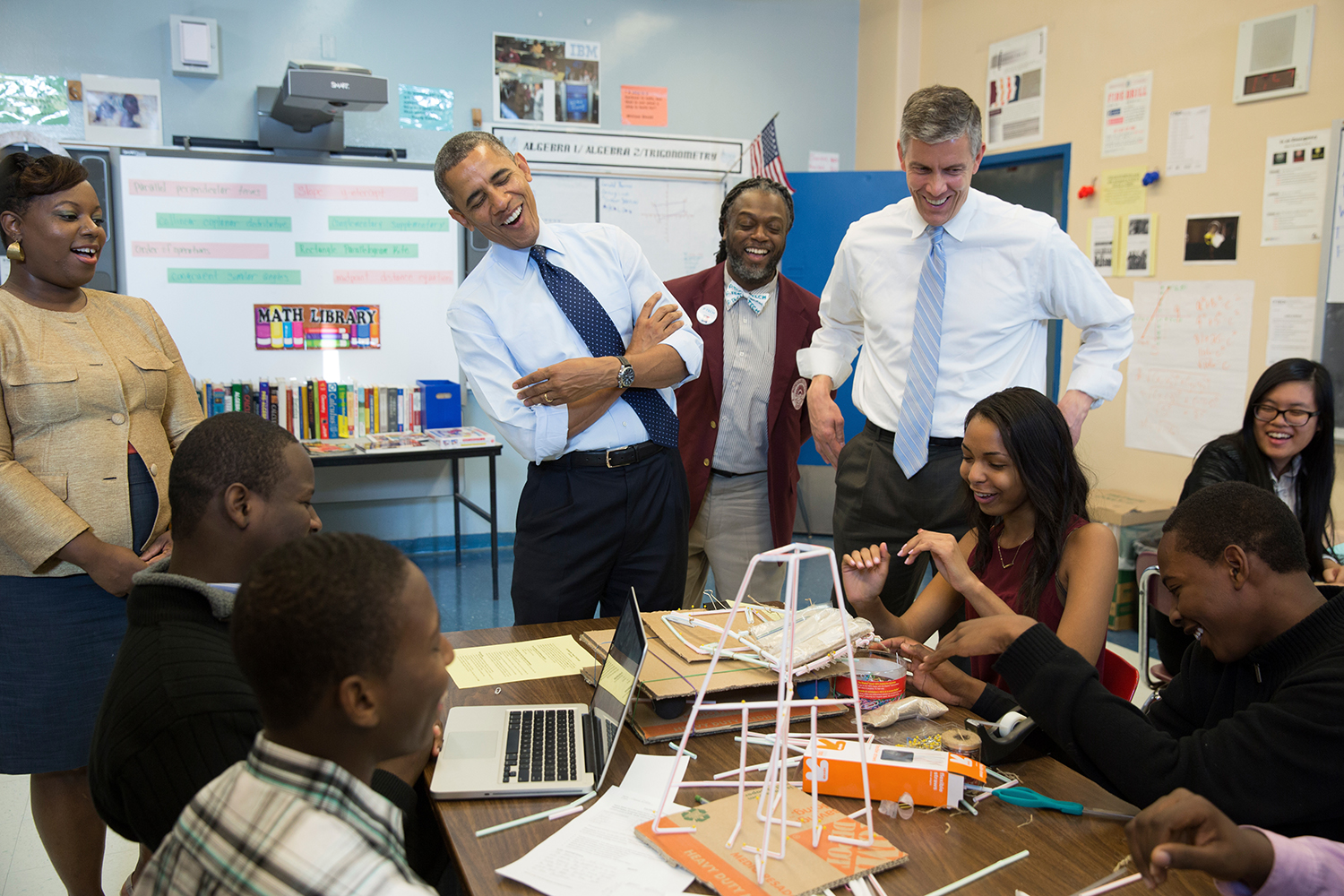
Moreover, this approach empowers students by giving them control over their learning—they set their own goals, select activities, and track their progress. This sense of ownership leads to increased motivation and improved grades. At CTE Academy, this method resulted in a 25% rise in graduation rates. It's not just about achieving better scores; it's about building confidence as students witness tangible progress.
Cultivating Soft Skills with Personalized Learning Paths
Personalized learning extends beyond academic performance; it cultivates essential soft skills such as time management, problem-solving, and self-direction. When students take charge of their learning, they develop critical thinking and self-regulation skills that are crucial for success in today’s world.
By setting goals and evaluating themselves, students learn to think critically and solve problems through real-world tasks. They enhance their problem-solving skills by independently tackling real challenges, thereby boosting their critical thinking abilities. These skills are invaluable in today's job market, where employers seek individuals who can think on their feet and collaborate effectively. Thus, personalized learning prepares students not just for tests, but for life beyond school.
The Role of Technology in Personalized Learning Paths
Digital Tools and Adaptive Software in Personalized Learning
In the realm of personalized learning, digital tools and adaptive software are pivotal. These technologies leverage data on student engagement, performance, and progression to dynamically tailor learning experiences. This ensures that lessons align with each student's unique needs and pace.
Platforms such as Khan Academy and Duolingo employ sophisticated algorithms to adjust lessons based on a learner's existing knowledge, effectively acting as personal tutors. Additionally, AI-powered tutors provide customized instruction and rapid feedback, empowering students to overcome challenges and advance at their own speed.
Tech tools enhance flexibility and personalization in education through:
- Lesson planners
- Communication apps
- Assessment systems
- Progress trackers
- Chatbots
- Multimedia elements
Moreover, AI streamlines grading, ensuring faster and more consistent feedback. This feedback identifies areas for student improvement and adapts teaching strategies accordingly.
Data-Driven Instruction for Personalized Learning Paths
Data-driven instruction is the backbone of personalized learning. It relies on analytics to inform teaching methods and learning activities. Through learning analytics, educators can:
- Monitor student progress
- Identify learning trends
- Adjust teaching strategies to cater to individual needs
Real-time data provides teachers with up-to-date insights into student performance, enabling proactive intervention rather than reactive measures.
Predictive AI analyzes student data to forecast outcomes like graduation readiness, allowing educators to provide support before issues escalate. Teachers remain integral to personalized learning, utilizing data insights to bridge learning gaps, enhance engagement, and improve outcomes.
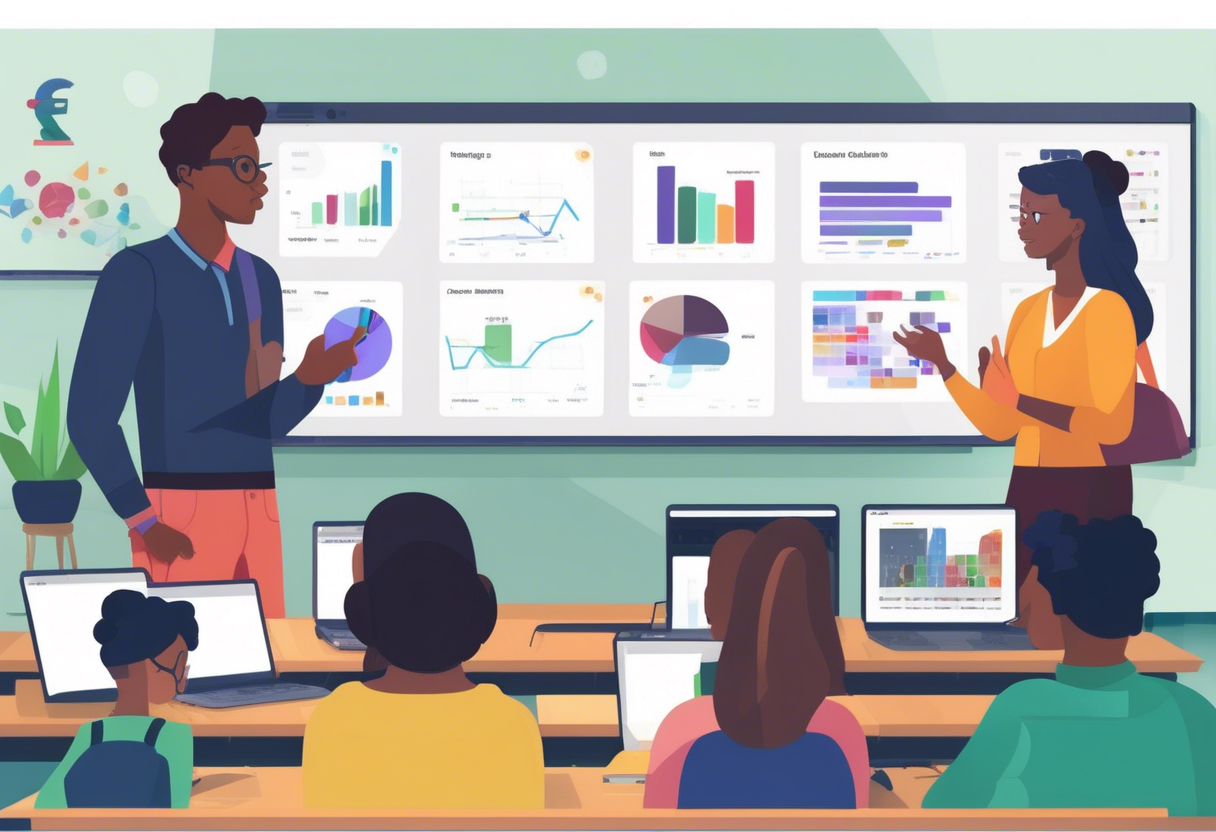
Data-driven approaches help identify students who require additional support, as well as those who excel and need further challenges to remain engaged. This method fosters a more inclusive and responsive learning environment.
Practical Implementation of Personalized Learning Paths
Personalized Learning Instructional Strategies
To effectively implement personalized learning paths, begin with a foundational path for each role. Then, refine it using:
- Checkpoints
- Branching scenarios
- Flexible methods
This approach, as detailed on Whatfix, ensures each learner receives a tailored experience.
Competency-based education (CBE) allows learners to progress at their own pace by demonstrating mastery of skills, ensuring comprehensive understanding.
Project-based learning (PBL), highlighted by Schools That Lead, engages learners in real-world tasks, enhancing creativity and collaboration.
Empowering learners with choices and a voice through learning centers, flipped classrooms, and playlists fosters independence, as noted by PowerSchool.
Performance-based assessments enable learners to showcase their knowledge in diverse ways.
Adaptive learning platforms, emphasized by LumApps, leverage AI to customize content to each learner’s strengths and weaknesses.
Meanwhile, microlearning provides short, digestible modules for flexible learning.
Overcoming Challenges in Personalized Learning Paths
Addressing challenges in personalized learning paths involves:
- Crafting consistent, role-based paths to mitigate discrepancies due to the absence of standard training.
- Offering on-demand support within the workflow to enhance retention and reduce errors.
Continuous improvement is driven by utilizing surveys and coaching, as demonstrated in the Ohio Case Study, which underscores the importance of feedback in program expansion.
Ensuring learners can progress at their own pace, access materials in various formats, and employing technology like LMS and AI-driven platforms to overcome logistical challenges is crucial.
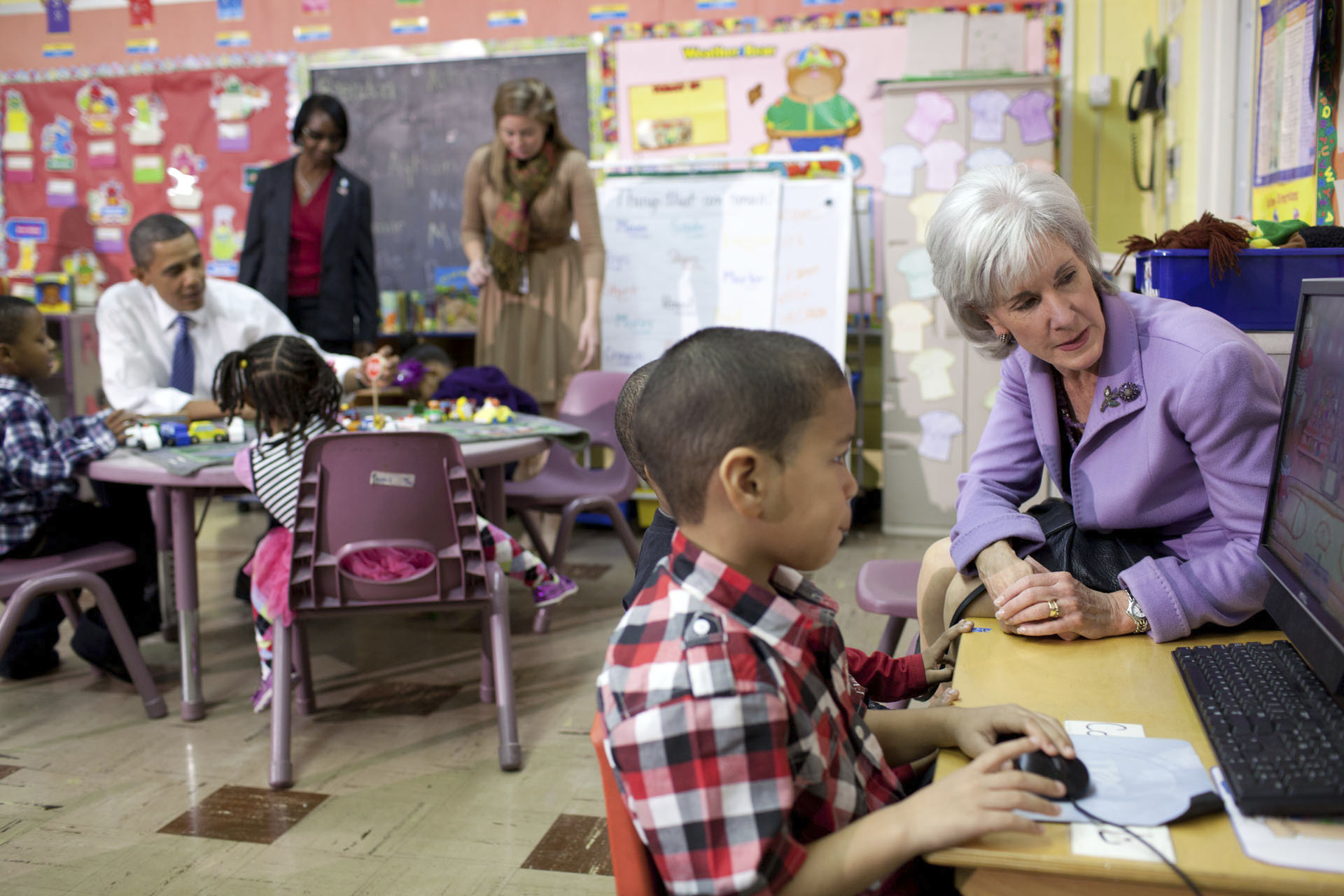
Maintaining learner engagement by providing choices and content aligned with their interests helps prevent disengagement and fosters a supportive learning environment.
Personalized Learning Beyond K-12 Education
Personalized Learning in Higher Education and Corporate Training
Personalized learning is transforming education in both universities and workplaces by allowing students and employees to learn at their own pace, focusing on areas they need to master. With the integration of AI and adaptive technology, we gain access to:
- Real-time insights
- Tailored content
- Immediate feedback
These elements help create a learning path suited to each individual. In colleges, AI is employed to design study plans that adapt based on student performance. Similarly, workplace training programs utilize modules that employees can progress through at their own speed, with AI providing feedback throughout the process. This method encourages continuous learning and helps employees remain current with the rapidly evolving job market.
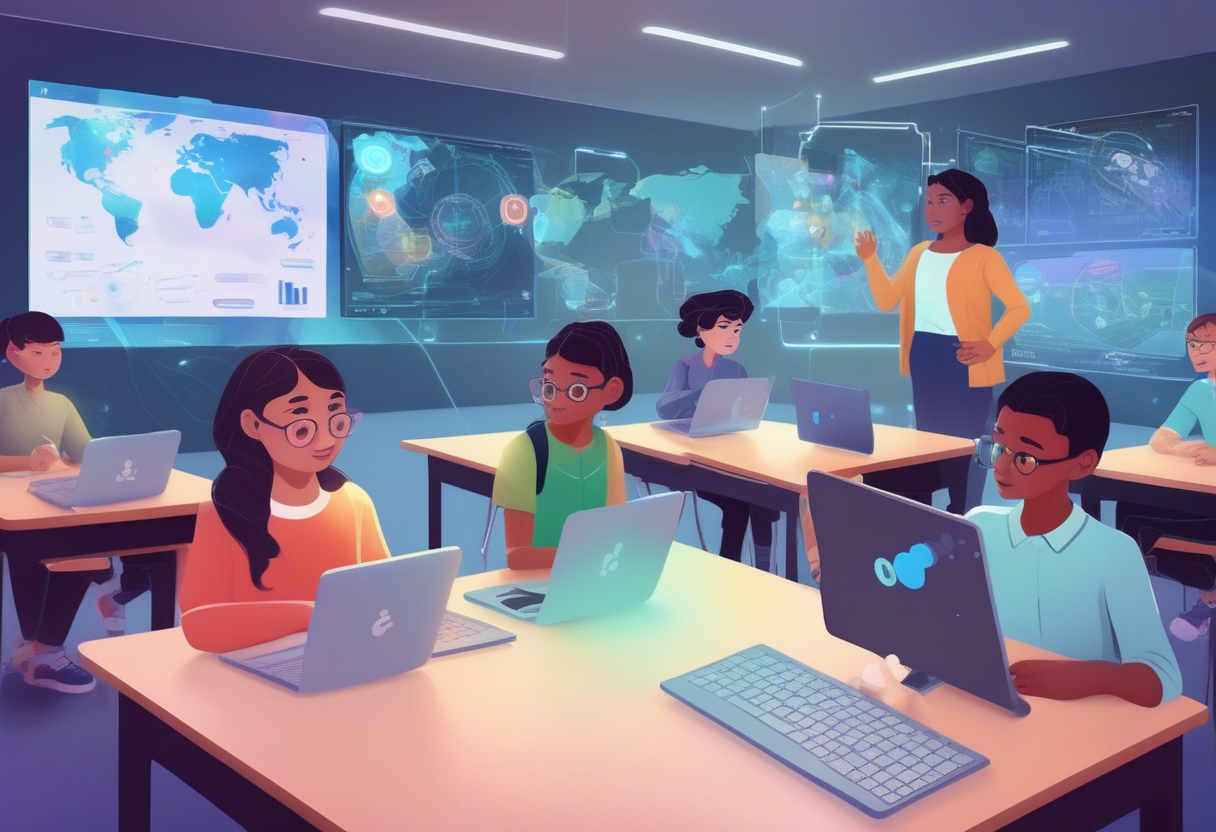
Analyzing the Longitudinal Impact of Personalized Learning
Research over time has demonstrated that personalized learning enhances students' sense of control, engagement, and academic success by tailoring lessons to each individual's strengths and needs. Implementing this requires:
- Technological systems that offer a comprehensive view of student progress, including grades and attendance
- Training for educators
- Cultivating a culture that values flexibility and creative thinking
In the corporate sector, personalized learning increases employee satisfaction and retention, reducing turnover costs and fostering a more skilled workforce.
For more insights, explore these resources:
Student and Parent Perspectives on Personalized Learning
Personalized Learning Testimonials and Interviews
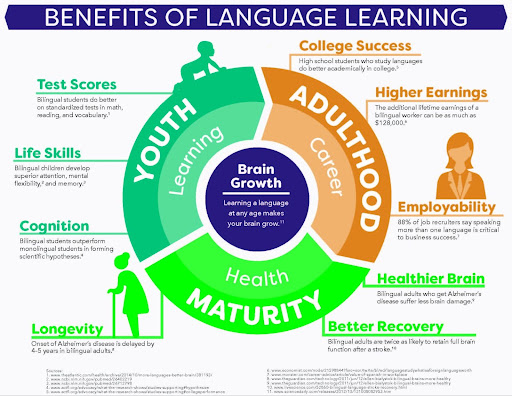
FAQ Section
Impact of Personalized Learning Paths on Student Engagement
Personalized learning boosts student engagement by tailoring education to each student's skills, needs, and interests. This approach allows students to progress at their own pace and take ownership of their learning, making it feel more relevant and motivating. When students understand how their learning connects to their future roles and career goals, they become more motivated and involved.
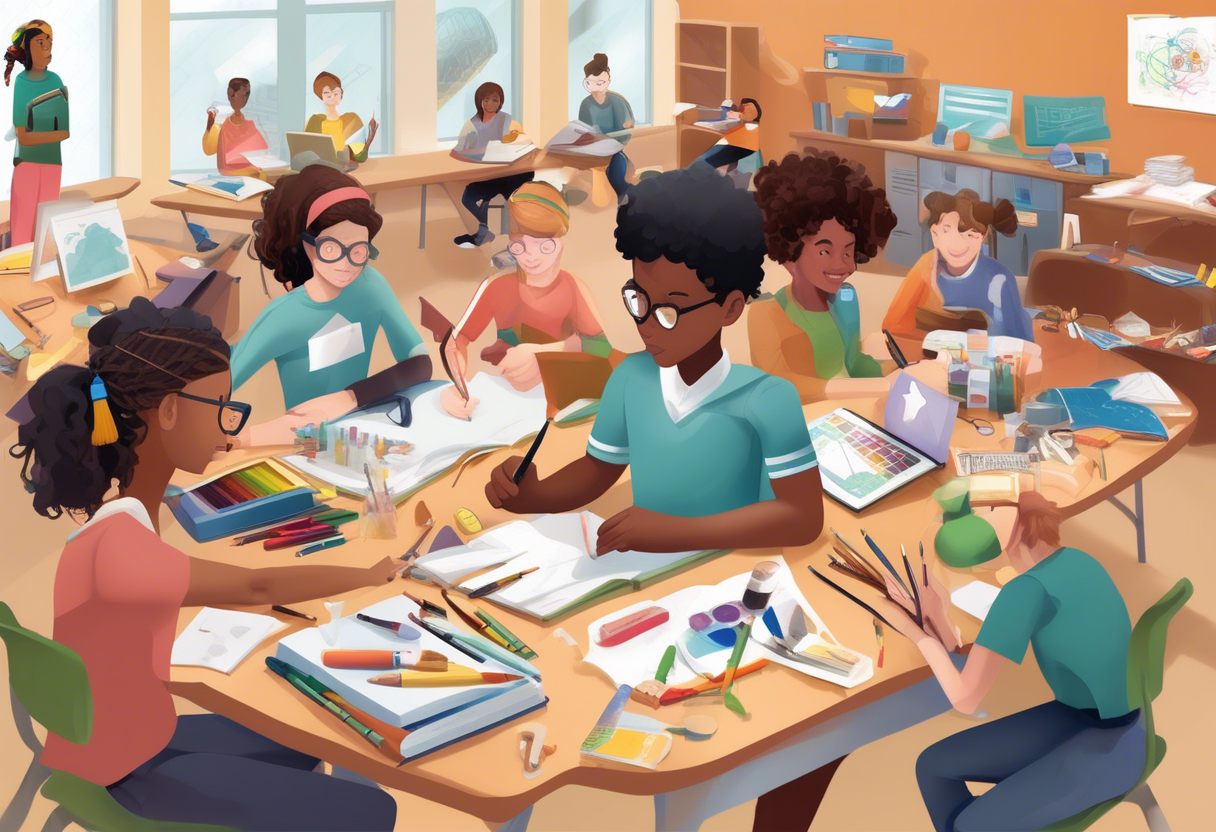
This method also fosters collaboration between teachers and students, resulting in more engaging, student-focused lessons that cater to individual needs and skills. For example, students who learn at their own speed with lessons that interest them tend to be more engaged than those in standard classes. Learn more about personalized learning.
Technology's Role in Personalized Learning Paths
Technology plays a crucial role in personalized learning, especially with AI-powered learning systems. These systems analyze learner data to suggest the next best module based on performance and interests, making personalized learning paths adaptive and real-time. Additionally, digital tools connect learners with mentors and experts, facilitating continuous improvement and skill development.

Microlearning modules, supported by technology, adapt to individual performance, enhancing retention and skill mastery. AI-driven platforms can adjust learning content and suggest resources based on a learner’s current skills and pace. Explore the role of technology in personalized learning.
Implementing Personalized Learning Paths in Traditional Classrooms
Implementing personalized learning in traditional classrooms involves using flexible teaching models that accommodate individual or small-group work and one-on-one tutoring. This approach enables teachers to address each student's unique needs and reinforce previous lessons. Teachers can also employ project-based instruction that aligns with students’ interests, making lessons relevant and engaging for each student.
Moving away from a one-size-fits-all approach allows advanced students to progress without waiting and provides struggling students with the necessary support, making learning more efficient and personal. In practice, teachers might group students by skill level for certain activities and offer projects that match each student’s interests and pace. Read more about implementing personalized learning.
Personalized learning paths significantly enhance engagement and retention by customizing education to individual needs. Technology, particularly AI and microlearning tools, is vital in making personalization adaptive and dynamic. In traditional classrooms, personalized learning is applied through flexible grouping, individualized support, and project-based lessons that reflect students' interests and abilities. Discover the benefits of personalized learning.